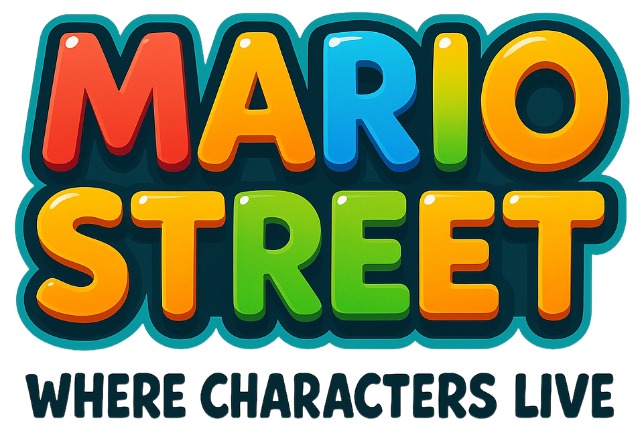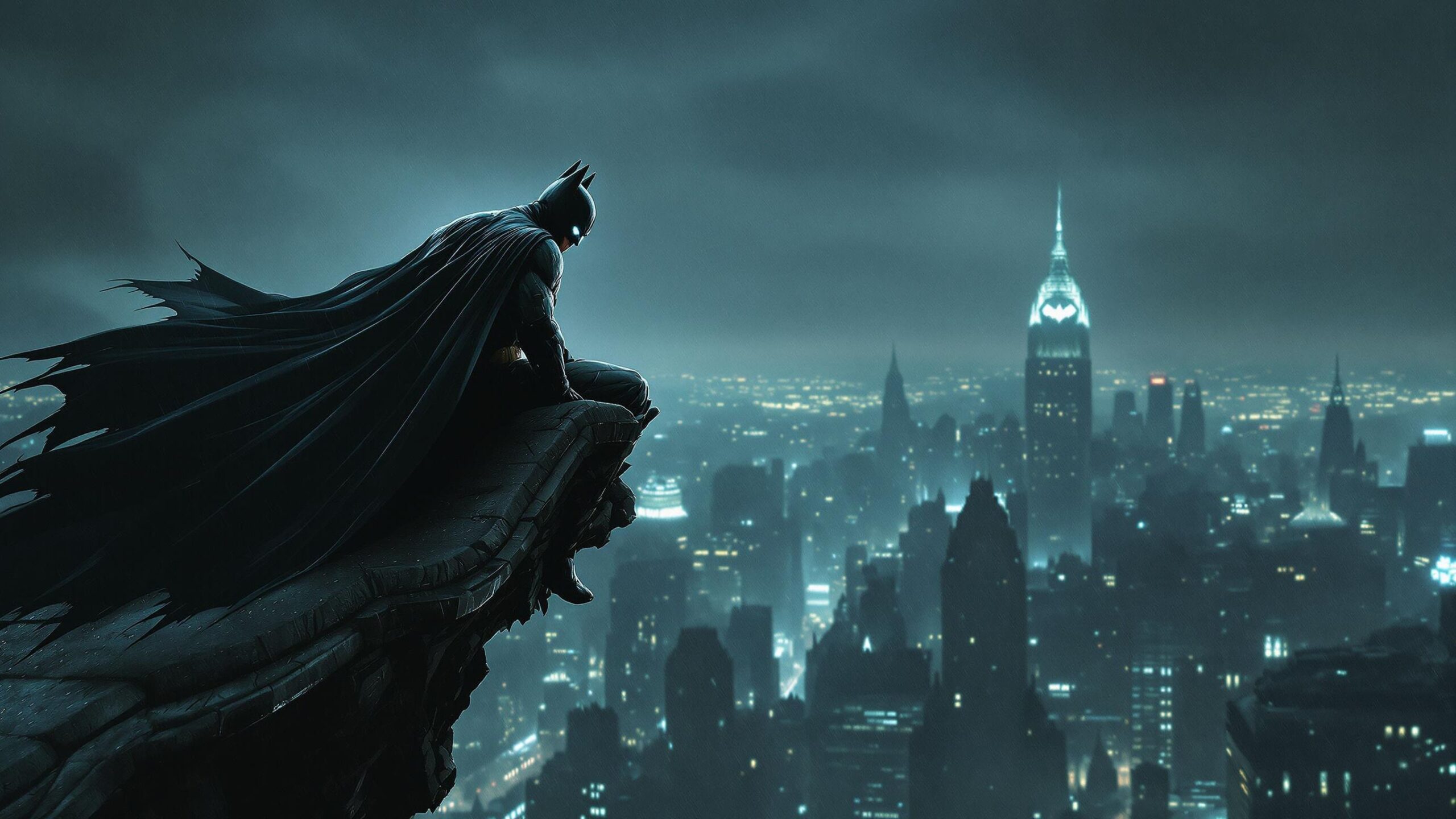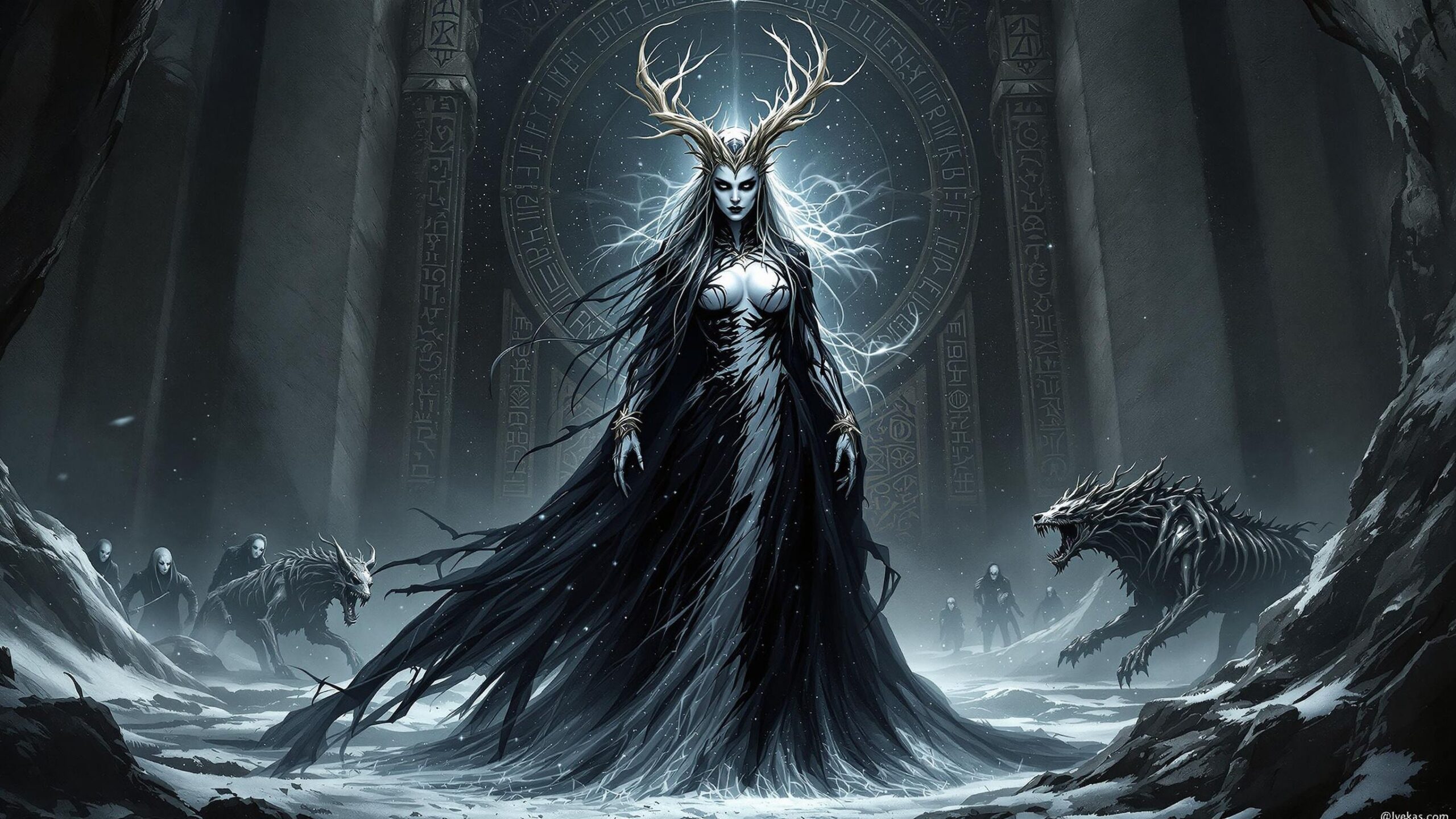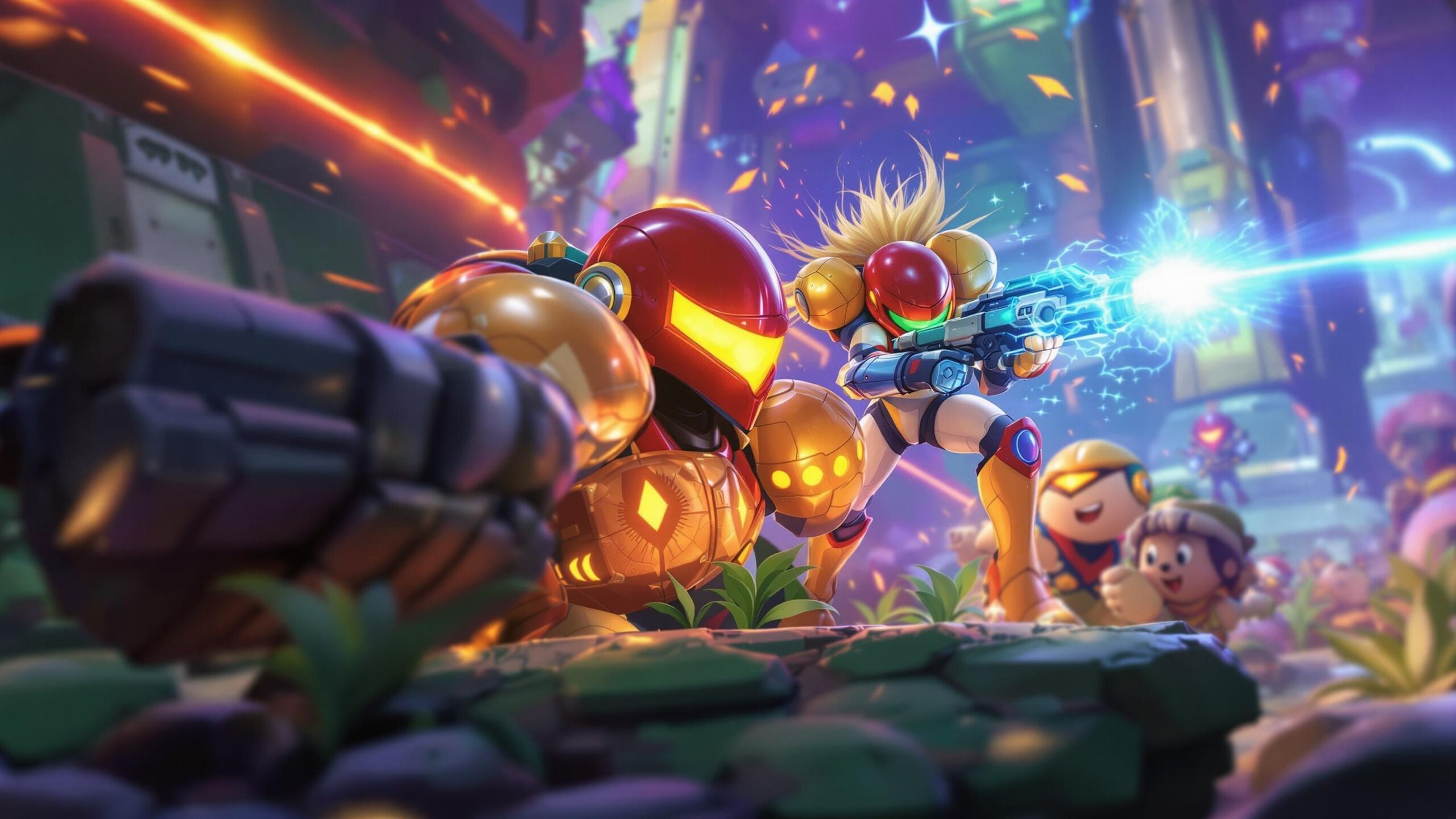Batman has always stood as a complex symbol in comic book history—a shadowy detective, a tormented soul, a symbol of justice, and sometimes even a myth. Over the decades, his character has been shaped not just by villains or gadgets, but by the legendary storylines that peeled back the layers of Bruce Wayne and his war on crime. These arcs didn’t just entertain—they redefined him, challenged his morality, tested his limits, and expanded the mythology of Gotham. From gritty detective work to philosophical crises, here are the top 10 Batman storylines that changed everything.
#1: The Dark Knight Returns.
Frank Miller’s “The Dark Knight Returns” is not only one of the most influential Batman stories of all time—it’s one of the most important comics ever published. Released in 1986, this storyline catapulted Batman into a new era, one of darkness, political commentary, and brutal realism. In this dystopian future, a 55-year-old Bruce Wayne comes out of retirement to reclaim Gotham from anarchy. The story tears down the notion of the noble, youthful vigilante and replaces it with a grizzled, almost mythic warrior wrestling with his own relevance. From iconic moments like the tank-like Batmobile rolling through chaos to the final confrontation with Superman, Miller crafts a saga of ideologies clashing and a hero reborn in defiance. The themes of aging, legacy, and authoritarianism are timeless, and the artwork, with Klaus Janson’s gritty inks and Lynn Varley’s moody colors, remains unmatched in tone. The series also gave us one of the most quoted lines in Batman history: “You don’t get it, boy. This isn’t a mudhole. It’s an operating table. And I’m the surgeon.” Whether you agree with its grim take or not, this story redefined Batman from a costumed crimefighter into a cultural force.
#2: Batman: Year One.
If “The Dark Knight Returns” was the end of Batman, then “Year One” was the beginning—and what a beginning it was. Also written by Frank Miller, but with a radically different tone and focus, “Year One” rewrote Batman’s origin with breathtaking simplicity and realism. Illustrated with David Mazzucchelli’s atmospheric, noir-infused panels, this story strips away the spectacle and focuses on two men—Bruce Wayne, trying to become the Batman, and Jim Gordon, a moral cop navigating a corrupt city. It’s a dual origin story, showing how Gotham’s two greatest protectors were forged in parallel. This Batman bleeds. He stumbles. He makes mistakes. The moment when Bruce first dons the cape and strikes terror into a room of criminals is powerful, not because of brute strength, but because of symbolism: fear as a weapon. The story has inspired countless adaptations, from “Batman Begins” to “The Batman” (2022), and is filled with subtleties—like Bruce’s internal struggle with whether he’s doing the right thing, or Gordon’s pain as a father and husband. It also gave rise to a more grounded, human Gotham, where the greatest battles aren’t against aliens or gods, but systemic corruption and moral compromise. Quietly revolutionary, “Year One” made Batman believable—and more importantly, human.
#3: Batman: The Killing Joke.
Alan Moore’s “The Killing Joke” remains one of the most controversial yet seminal stories in Batman’s canon. Originally published as a one-shot in 1988, the story attempts to provide a possible origin for the Joker—an unnamed, down-on-his-luck comedian who suffers one catastrophic day that drives him mad. The power of “The Killing Joke” lies in its psychological depth. Rather than focusing on physical confrontation, it digs into the minds of its two central figures: Batman and the Joker. Their eternal dance is reimagined here as less about hero versus villain and more about two men locked in philosophical warfare, both dealing with trauma in wildly different ways. Joker’s sadistic attack on Barbara Gordon (which left her paralyzed) and the emotional torture of Commissioner Gordon tested the limits of what readers would accept—and prompted huge discussion within the industry about female representation and violence in comics. But it also gave us unforgettable lines like, “All it takes is one bad day to reduce the sanest man alive to lunacy.” With Brian Bolland’s hauntingly meticulous art and Moore’s sharp writing, “The Killing Joke” permanently blurred the line between sanity and madness, and asked if Batman himself was ever truly free from the very darkness he battles.
#4: Batman: Hush.
In the early 2000s, DC needed a fresh, stylish, and expansive Batman epic—and “Hush” delivered in spades. Written by Jeph Loeb and drawn by superstar artist Jim Lee, “Hush” is a murder mystery wrapped in an all-star villain tour and psychological drama. The story follows a mysterious new foe, Hush, who seems to know everything about Bruce Wayne, including how to manipulate those closest to him. As Batman is thrown against the likes of Poison Ivy, Killer Croc, Ra’s al Ghul, and even Superman, it becomes clear that this isn’t just another crime-fighting romp—it’s a tale about trust, vulnerability, and emotional isolation. One of the most compelling aspects of “Hush” is the rekindled romance between Batman and Catwoman, portrayed with a raw intimacy rarely seen before. Readers also got a peek behind the mask, as Bruce wrestles with the idea of letting someone in emotionally. The reveal of Hush’s identity adds a tragic wrinkle to Bruce’s past, tying it all to childhood trauma and betrayal. While some criticize the story for being too reliant on cameos, its sleek pacing, iconic visuals, and emotional core have made it a modern classic—and a thrilling reminder that even the world’s greatest detective can be blindsided by matters of the heart.
#5: Batman: Arkham Asylum – A Serious House on Serious Earth.
Grant Morrison’s “Arkham Asylum” is unlike any other Batman story—it’s not so much a narrative as it is a descent into madness. With surreal, abstract art by Dave McKean, the 1989 graphic novel plunges Batman into the heart of Arkham Asylum on April Fools’ Day, where the inmates—led by the Joker—have taken over. Rather than a straight action plot, the story functions as a symbolic nightmare, with Batman’s own sanity constantly in question. The book explores themes of duality, identity, fear, and repressed trauma, not just in Batman, but in each of the inmates he faces. Morrison’s writing is dense with literary and mythological references, tying Batman’s psyche to ancient archetypes and Jungian shadows. At one point, Batman is accused of needing his enemies just as much as they need him, creating a circular relationship between hero and madness. McKean’s haunting visuals—filled with scratchy textures, smeared colors, and distorted lettering—make the entire experience feel like a fever dream. It’s not for everyone, but for readers willing to engage with its symbolic layers, “Arkham Asylum” stands as a profound psychological exploration that suggests the difference between Batman and the criminals he fights may not be as great as we’d like to believe.
#6: Batman: The Long Halloween.
Taking place early in Batman’s career, “The Long Halloween” is a noir-inspired mystery that blends detective fiction with Gotham’s rogues gallery in a hauntingly atmospheric tale. Written by Jeph Loeb and illustrated by Tim Sale, the 13-issue maxi-series follows Batman, Commissioner Gordon, and Harvey Dent as they try to solve a series of holiday-themed murders committed by the enigmatic “Holiday” killer. The story unfolds slowly over a year, giving readers an intimate view of Gotham’s transformation—from mob-run city to the twisted playground of supervillains. What makes “The Long Halloween” stand out is its fusion of crime saga and superhero drama. It not only deepens the tragic downfall of Harvey Dent into Two-Face but also puts Batman’s detective skills front and center. The elegant pacing, stylized artwork, and moody tone feel like watching a Godfather-esque Batman film unfold in graphic form. The mystery itself keeps readers guessing until the very end, and the implications of the ending—regarding identity and perception—leave a lasting chill. Often cited as a major influence on Christopher Nolan’s “The Dark Knight,” “The Long Halloween” remains one of the most cinematic and narratively rich stories ever told in the Batman mythos.
#7: Batman: Court of Owls.
When DC Comics launched its New 52 initiative in 2011, Scott Snyder and artist Greg Capullo took the reins of Batman with a bold new idea: what if Bruce Wayne didn’t know Gotham as well as he thought? “Court of Owls” introduced a secret society that had ruled Gotham from the shadows for centuries—the Court, a cabal of wealthy elites with deep roots in the city’s infrastructure. The brilliance of this storyline lies in how it challenges Bruce’s foundational belief that he understands every corner, every dark alley of Gotham. The Court shatters that illusion. With their undead assassins, the Talons, and a chilling nursery rhyme, the story blends gothic horror with psychological tension. One standout moment comes when Batman is trapped in a labyrinth, slowly losing his grip on time and reality—an artistic triumph by Capullo that literally turns the comic sideways to represent his descent into madness. The emotional punch comes when Bruce realizes that not even the Wayne family legacy is immune to Gotham’s corruption. The Court of Owls feels both new and inevitable, as if they had always been lurking behind the curtains of Batman’s world. In redefining Gotham itself as a character, “Court of Owls” gave Batman a fresh, frightening layer of mystery to unravel.
#8: Batman: A Death in the Family.
Few Batman storylines have sparked as much controversy and raw emotion as “A Death in the Family.” Published in 1988, the arc saw the brutal death of Jason Todd, the second Robin, at the hands of the Joker. What made this storyline infamous was its interactive twist: DC set up a phone-in campaign where fans could vote on whether Jason lived or died. They chose death—by a narrow margin—and the result was one of the darkest, most personal tragedies in Batman’s life. The Joker’s savage beating of Jason with a crowbar, followed by a warehouse explosion, was a line many fans never thought comics would cross. The consequences reverberated for decades. Batman’s sense of failure and guilt over Jason’s death deepened his isolation and distrust, creating a colder, more haunted Dark Knight in its aftermath. But the story is more than just shock value. It’s a meditation on the risks of child endangerment in crimefighting, and it forced Batman—and readers—to question the morality of his crusade. Years later, Jason would return as the violent anti-hero Red Hood, making this arc a foundation for one of Batman’s most complicated relationships. “A Death in the Family” remains a raw nerve in the Bat-mythos—and a defining moment in the evolution of the character.
#9: Batman: Black Mirror.
Before the New 52 era, Scott Snyder quietly proved himself as a master of suspense and horror with “The Black Mirror.” This storyline stands out because Bruce Wayne isn’t Batman—Dick Grayson is. With Bruce temporarily gone, Dick takes over the mantle and finds himself spiraling into one of Gotham’s darkest mysteries yet. What makes “The Black Mirror” exceptional is how it flips the usual Batman story. Dick is lighter, more hopeful than Bruce, and his optimism is challenged by a case that’s deeply personal and unsettling. The narrative interweaves with Commissioner Gordon’s estranged son, James Jr., whose eerie return to Gotham brings tension to a boil. James Jr. is written as a chilling, almost Dexter-like sociopath—a threat not in costume, but in charm and manipulation. Snyder’s prose is poetic and haunting, filled with dread, while artists Jock and Francesco Francavilla give the book a gritty, noir look drenched in shadows and blood-red hues. “The Black Mirror” isn’t just a detective story; it’s a character study of what Gotham brings out in people. For Dick, it’s a trial by fire. For Gordon, it’s a parental horror story. And for Batman fans, it’s proof that the cowl doesn’t define the hero—the choices do. “Black Mirror” is a hidden gem that rivals even the most iconic Batman tales.
#10: Batman: No Man’s Land.
Epic in scope and rich in character arcs, “No Man’s Land” is a sprawling crossover event that transformed Gotham into a lawless wasteland. After a massive earthquake devastates the city, the U.S. government declares Gotham uninhabitable and cuts it off from the rest of the country. What follows is an apocalyptic struggle as Batman, his allies, and even his enemies carve up territory to survive. This isn’t a tale of flashy gadgets or globe-trotting adventures—it’s urban survival, morality, and rebuilding from the rubble. The story is told across numerous issues and Bat-family titles, creating a tapestry of despair and resilience. Batman disappears for a time, forcing characters like Oracle, Huntress, and Gordon to step up. Villains like Two-Face, Penguin, and Harley Quinn (in one of her earliest comic appearances) exploit the chaos for control. But the heart of the story lies in small, human moments—people helping people, reclaiming neighborhoods, painting the Bat-symbol on walls as a sign of hope. Batman’s return is thunderous, but his role isn’t as a savior—it’s as a symbol to rally around. “No Man’s Land” redefined Gotham as a city that lives and breathes with its own spirit, and reminded us that Batman’s mission isn’t just to fight crime—it’s to give the city something to believe in when it’s at its lowest.




